I don't write a lot about hongcha (a.k.a. "black tea"), even though I drink quite a bit of it. Particularly at this time of year, the warming effect of hongcha is very welcome.
Like most Englishfolk, I grew up on the teas of northern India (Assam, Darjeeling) and Sri Lanka (Ceylon). It's no coincidence that the mighty/dirty British Empire used to exist in these places.
One thing that tends to slip under the sub-continental tea radar, however, is the tea region of Nilgiri.
One thing that tends to slip under the sub-continental tea radar, however, is the tea region of Nilgiri.
Nilgiri is way down south, where's it properly hot. Where it's seriously hot. When the Tibetans fled to India, the Indian government allotted them a portion of land in southern India, not too far from Nilgiri. The truly brutal temperatures were so far above that to which they were accustomed, almost all of them died within one season. It's a fierce place.
One of my good friends and colleagues comes from Nilgiri, and he recently went home for a family wedding. Predictably enough, I asked him to bring me back some of the local speciality.
Pictured above, the beautiful leaves of Nilgiri hongcha. They are chopped, but not crushed, and have a fine aroma of sweet summer fruits.
Pictured above, the beautiful leaves of Nilgiri hongcha. They are chopped, but not crushed, and have a fine aroma of sweet summer fruits.
Though I brew most of my hongcha in my office (therefore using an inexpensive, easily replaceable "Xishi" teapot), I occasionally treat myself to a brew at home. Our hongcha pot at home is a lovely example of the same "Xishi" variety, from Teamasters (see "Internet Pots"). It is light, but has a pleasant, solid ring - slightly metallic. It pours like a dream, giving an instant stream of liquid that cuts on and off as if a tap were being opened and closed.
The resulting Nilgiri was smooth and sweet - containing the bitterness of hongcha, but with the fruit-like charms of Indian teas. This southern Indian variety is quite a complex beast, containing a range of dark scents that remind me of sultanas and smooth spices.
In many of the typical Western blends that we find in supermarkets, Assam is added for sheer potency, Ceylon is added for citrus notes, African leaves are added for body-mulch, and Nilgiri used for aromatic complexity, and spiciness in the body. To drink actual Nilgiri for the first time, in its unadulterated form, is an education and a pleasure.
In many of the typical Western blends that we find in supermarkets, Assam is added for sheer potency, Ceylon is added for citrus notes, African leaves are added for body-mulch, and Nilgiri used for aromatic complexity, and spiciness in the body. To drink actual Nilgiri for the first time, in its unadulterated form, is an education and a pleasure.
Cough though I suspect that the lovely velvet bag (pictured top) is of more interest to my dear wife than the tea cough
The hot slopes of Nilgiri seem far away from this chilly old country...

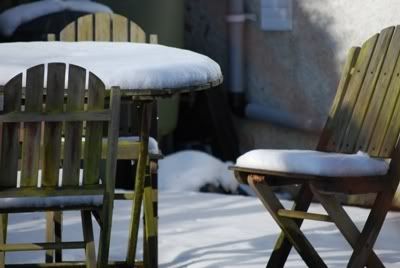
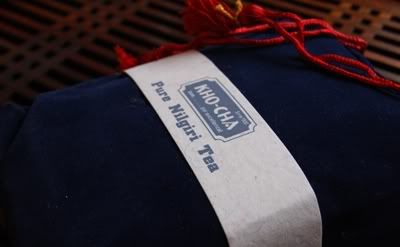
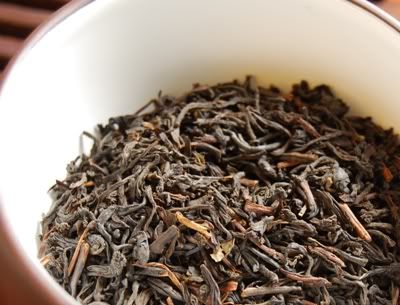
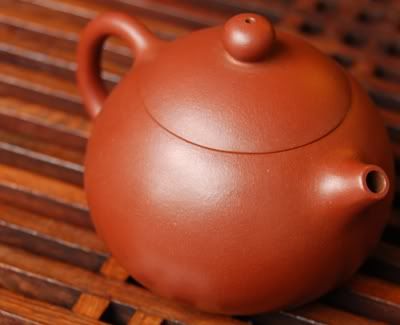
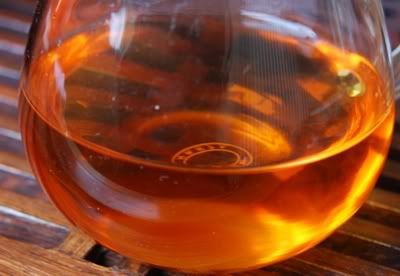
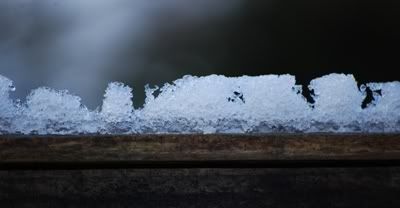
Hello Hobbes,
ReplyDeleteGreat pictures. You seems to be rebounding from your recent struggles with picture taking. Could this be attributed to tea consumption and the goodwill of Heidu ;)? Just kidding.
Have a good day,
Alex
Hi Alex,
ReplyDeleteThere's nothing like the relaxation and presence of mind promoted by a good tea session for helping good photographs. :)
Maybe it's something to do with finding pleasure in little things.
Toodlepip,
Hobbes
Thanks for this very beautiful post, warming on a cold morning though not as cold as yours. And thanks for the randomly appearing photos of Heidu, I believe it's true that many cats choose their owners rather than the opposite. It appears Heidu has excellent taste. eileen
ReplyDeleteDear Hobbes,
ReplyDeletethank you for blogging on this not-so-common tea.
The brew colour on your photo looks pretty light for hongcha - what was the infusion time?
Geographically Nilgiri is close to Ceylon - how would you compare the teas?
Best, Nerval
Dear Eileen,
ReplyDeleteThanks for your very generous comment - I'm sure Heidu is glad to have fans appreciating him from afar!
Dear Nerval,
Nilgiri is definitely lighter and more delicate than traditional Indian "black teas" - though not as light as Ceylon or Darjeeling.
Though fairly close in terms of geography to Ceylon, the tea plantations seem to have grown fairly different results: while Nilgiri is all spiciness and aroma, the Ceylon is more fruity, elegant, zesty. Nilgiri is very much a product of its area - spicy, malty, flavoursome. Ceylon feels like "island tea" - fresher, lighter. :)
Toodlepip,
Hobbes
hi! i love and follow your blog...it's addictingly beautiful. please check mine out...http://sundayq.blogspot.com
ReplyDeleteHi Sunday Q,
ReplyDeleteThat's an original blog format! I wonder if it would work for tea? :)
Toodlepip,
Hobbes